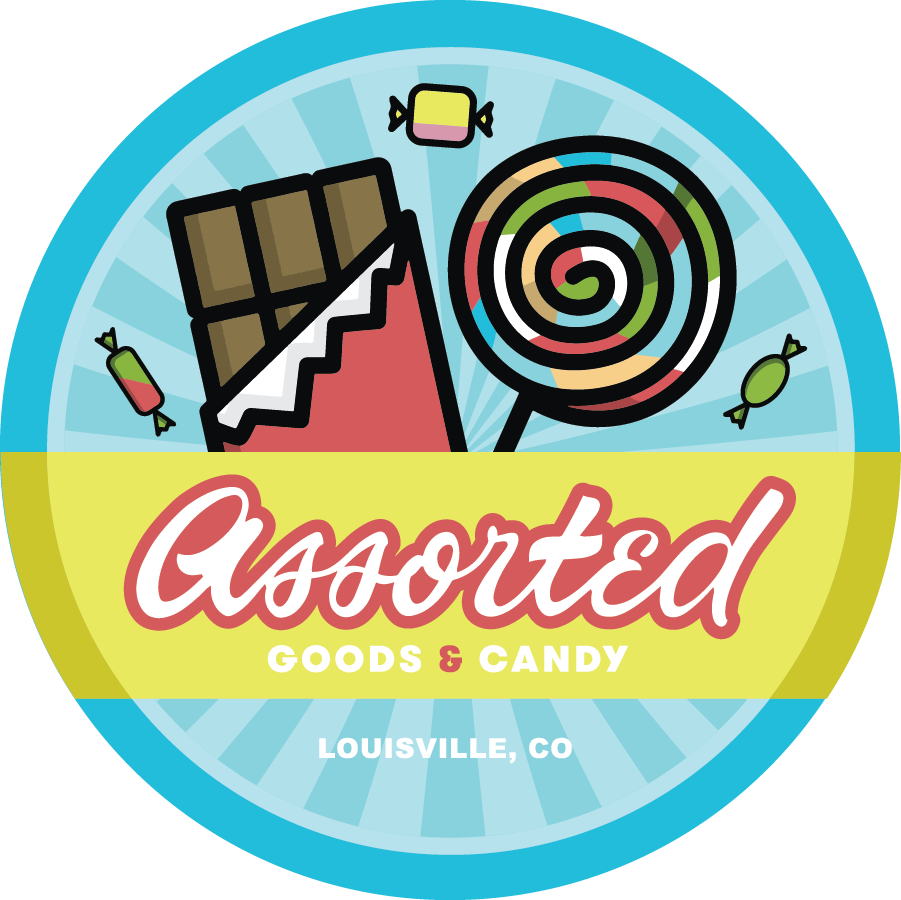Halloween doesn’t simply present the threat of ghosts and goblins; for homeowners, rabid rolls of toilet paper and wayward eggs often feel scarier. Eggs, in particular, leave many of us shellshocked — and not just because of their cost.
Cleaning up a freshly egged house is messy, time-consuming, and a giant waste of omelet potential. All this begs the questions: How did egging become a thing, and how can you make sure your home doesn’t fall victim to this unique game of chicken?
Eggs as a Symbol
For centuries, eggs have symbolized fertility, renewal, and hope; breaking those eggs, conversely, has summoned mockery, disruption, and humiliation.
Hundreds of years ago, eggs were thrown at prisoners as a form of punishment. They were hurled at performers, too, especially during the Elizabethan era, when theatergoers tossed rotten eggs, tomatoes, and other produce at poorly received performances.
Fast forward to modern day, when this symbolism merged with mischief to become a mainstay of Halloween and a favored teenage pastime.
Halloween’s Havoc
Before Halloween became synonymous with candy, it was known for its prank propensity. Halloween night was a time when the usual civil rules of social order loosened, inviting people to revel in their rebellion all in good fun.
As these pranks escalated, other forms of celebration were implemented to staunch the antics (which is how trick-or-treating took off). Egging houses, however, slipped through the cracks, turning into an October 31st tradition.
One reason for its staying power is that egging is an accessible form of mischief: You can find eggs at any supermarket, they’re easy to buy, they’re easy to throw, and they leave a mark (allowing mischief-makers to admire their handiwork).
Egging homes, while homeowners might disagree, also maintains a semblance of playfulness; at the very least, it feels more benign than throwing eggs at people, pets, wild animals, or car windows.
Of course, houses are also easy targets; They’re big, they can be approached late at night, and they can’t run away or name names. This allows for anonymity, something coveted by any proper prankster.
How to Dodge this Birdie Bullet
It’s not always possible to avoid an egging; if someone really wants to egg your house, chances are they’ll find a way (security cameras or not!). Sometimes, eggings may even be jokes (i.e., yolks) among friends, something the thrower believes is a rite of relationships, although a home’s siding says otherwise.
Even so, one of the best ways to avoid being a literal mark is by handing out quality candy. In other words, don’t swap out the Rolos for raisins. Don’t exchange Pez for pencil erasers. And don’t offer toothbrushes instead of Twizzlers.
If you plan not to hand out any candy at all, turn off your porchlight, at least until 10:00 PM or so. The unwritten rules of Halloween dictate that an illuminated porchlight means trick-or-treaters are welcome.
